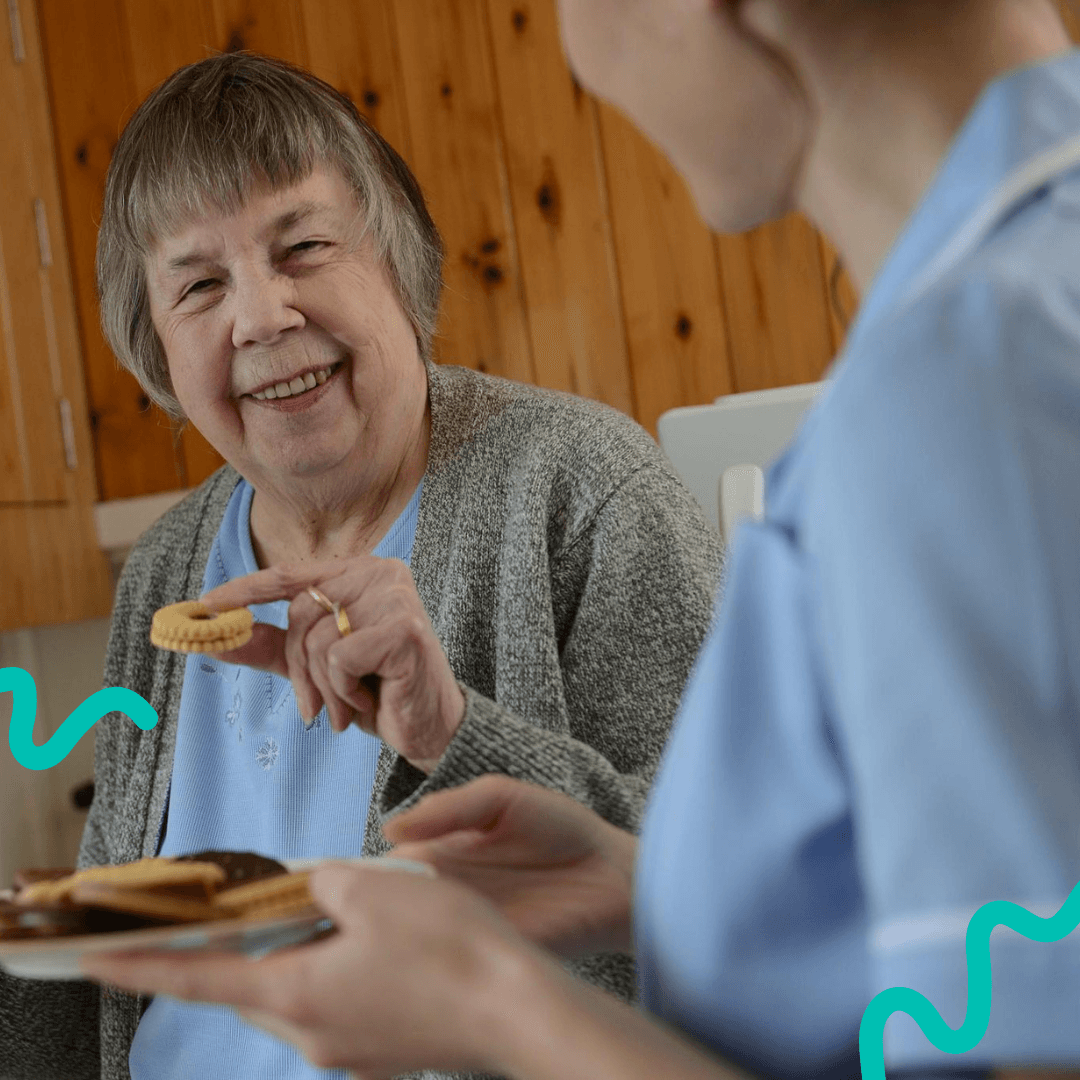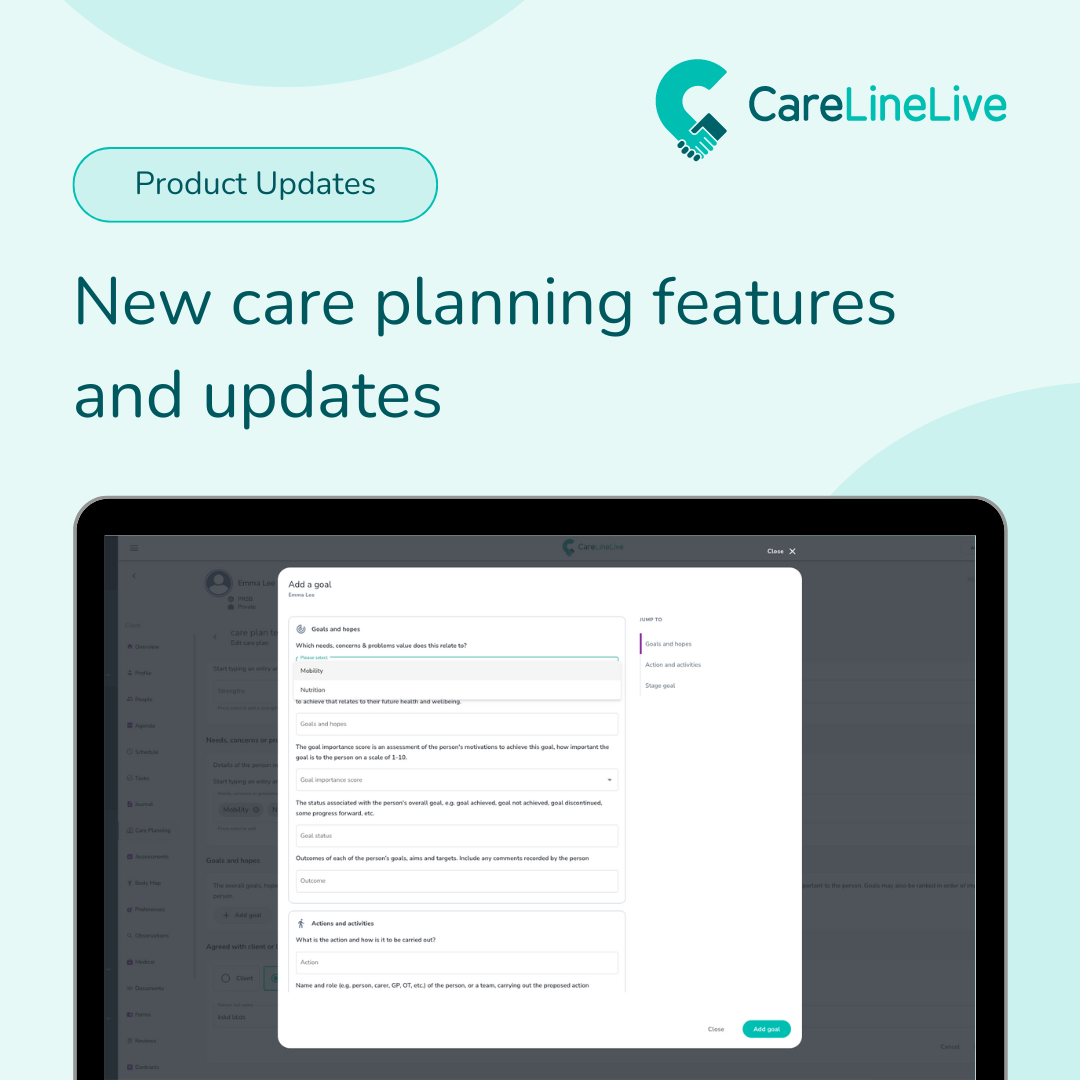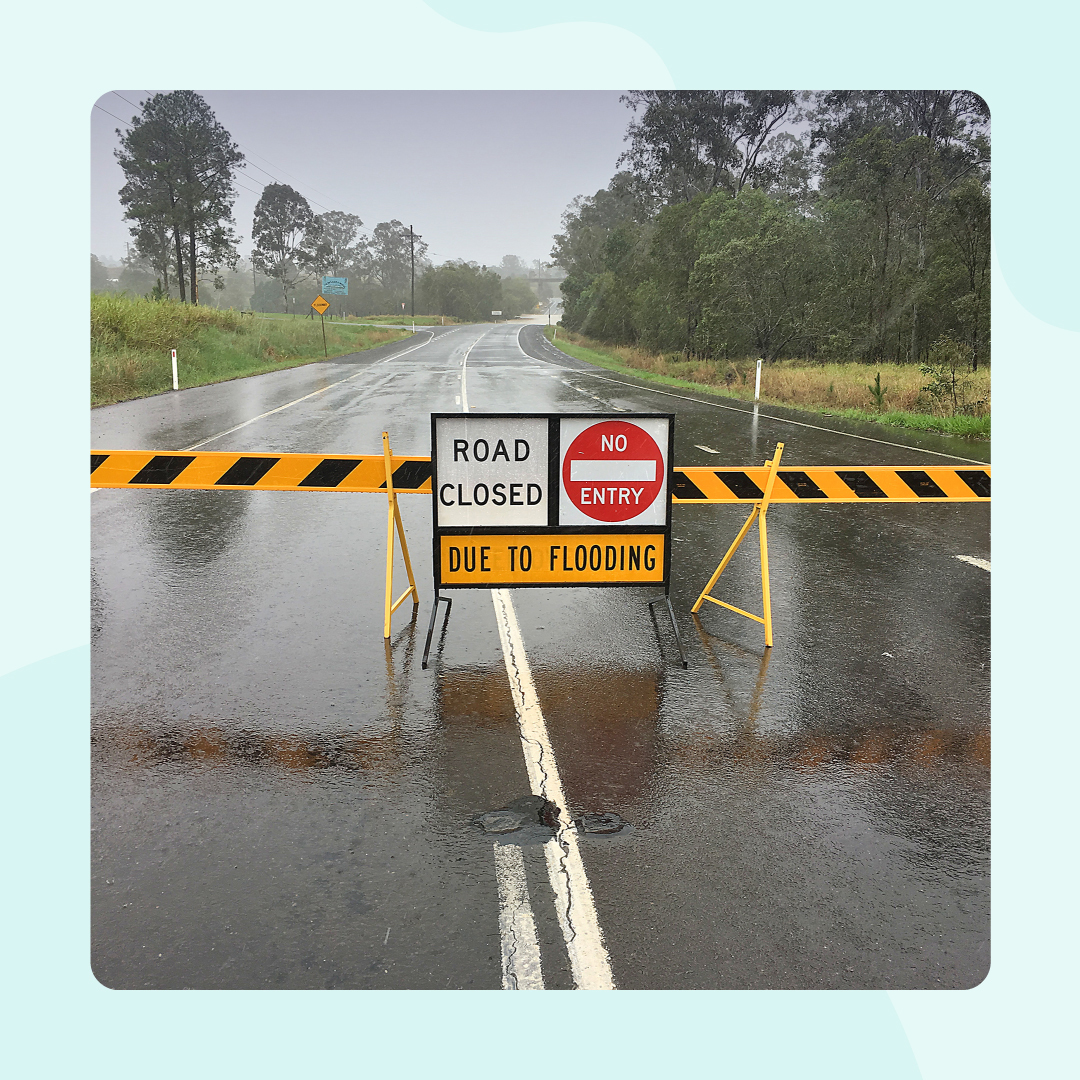This week the CQC have published an update regarding the Single Assessment Framework and Evidence Categories specific to homecare services. There is an overlap in evidence collection with shared lives services, see CQC website for more information.
Evidence categories in a nutshell
We have covered the new Single Assessment Framework in depth in previous articles and have recently shared articles in our ‘quality statement’ series. So far we have published Safe and Effective and will be publishing caring, responsive and well-led in the coming weeks.
The evidence categories link closely with each quality statement and are clear as to the evidence that is required for continual assessment. Providers will focus on people’s experiences, the information will be collected through a variety of stakeholders including, CQC, the provider, local community groups. Feedback will be collected from staff, leaders people’s experiences, this theme runs through many of the evidence categories.
Safe
Learning culture
Providers will need to show:
Processes:
- Duty of candour
- Evidence of learning and improvement
- Incident, near misses and events records
Safe systems, pathways and transitions
Feedback form partners:
- Commissioners and other system partners
- Health and care professionals working in or with the service
Processes:
- People’s care records or clinical records
- Records of referral, transfer and transition of care
Safeguarding
Processes:
- Deprivation of Liberty Standards (DoLS) and Court of Protection (POA) records
- Mental Capacity Act records and training
- People’s care records or clinical records
- Safeguarding policy, records and training
Involving people to manage risk
Processes
- Arrangements to:
- Respond to emergencies
- Identify people in need of urgent medical treatment
- DoLS and Court of Protection (POA) records
- People’s care records or clinical records
- Records of restrictive practice
Safe environments
Processes
- Business continuity plans (including in response to extreme weather events)
- Environmental risk assessment
- Equipment maintenance and calibration records
- Health and safety risk assessments
- Infection prevention and control audit and action plans
Safe and effective staffing
- Appraisal and supervision records
- Recruitment records
- Staff vacancy and turnover rate
- Staffing and staff skill mix records
- Training in communication with people with a learning disability and autistic people
- Training, development and competency records
Infection prevention and control
- Infection and prevention control policy
- Action on any National Patient Safety and Central Alerting system (CAS) alerts relating to IPC
- Minimising the risk of infection
Medicines optimisation
Processes
- Administering and dispensing medicines
- Medicines audits and action plans
- Medicines reviews
- PRN protocols
- People’s care records or clinical records
- Number prescribed medicine not having a medicines review with GP or similar in past 12 months
Read the rest of our series on the Single Assessment Framework
You can find our previous articles on the New Single Assessment Framework in the links below:



